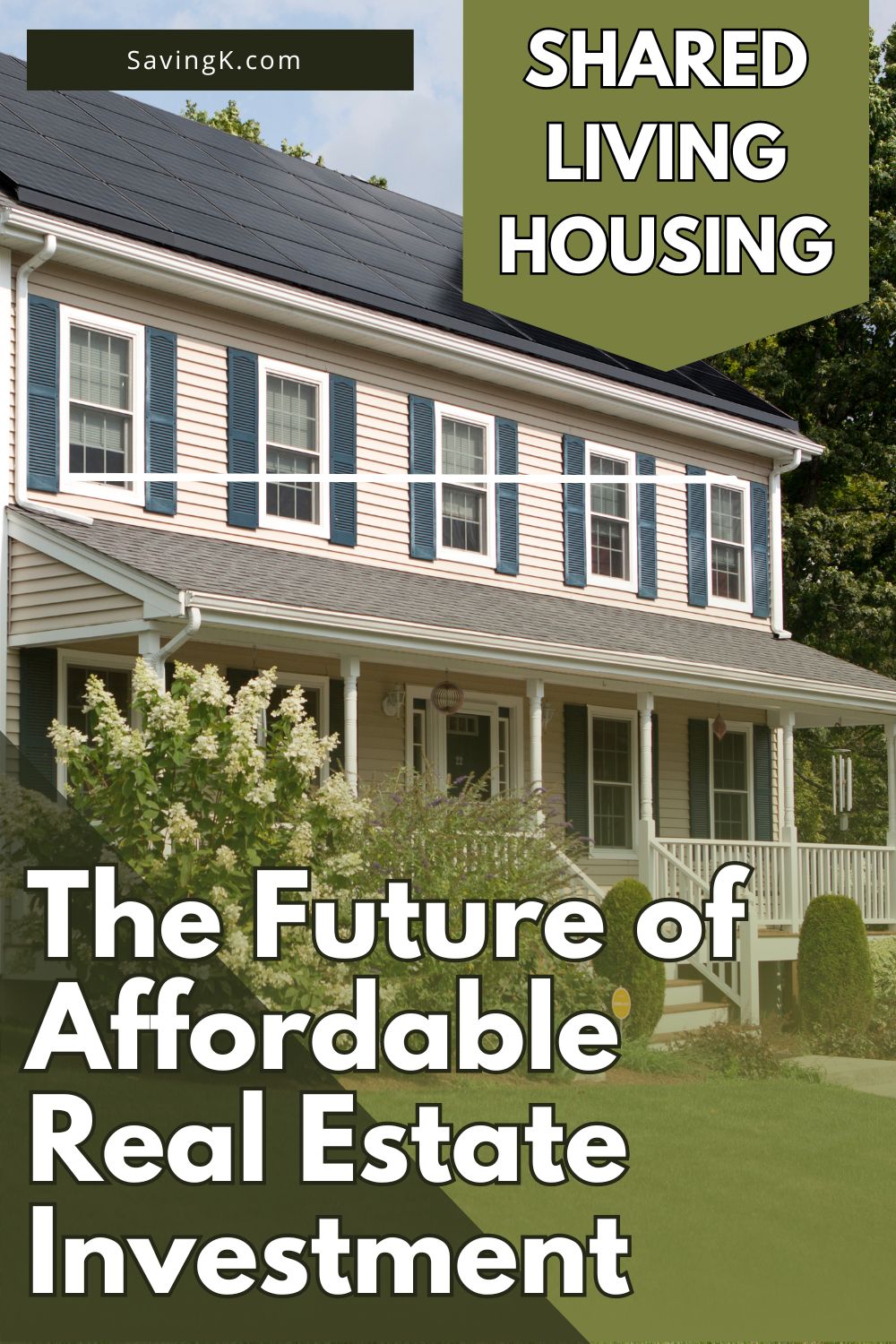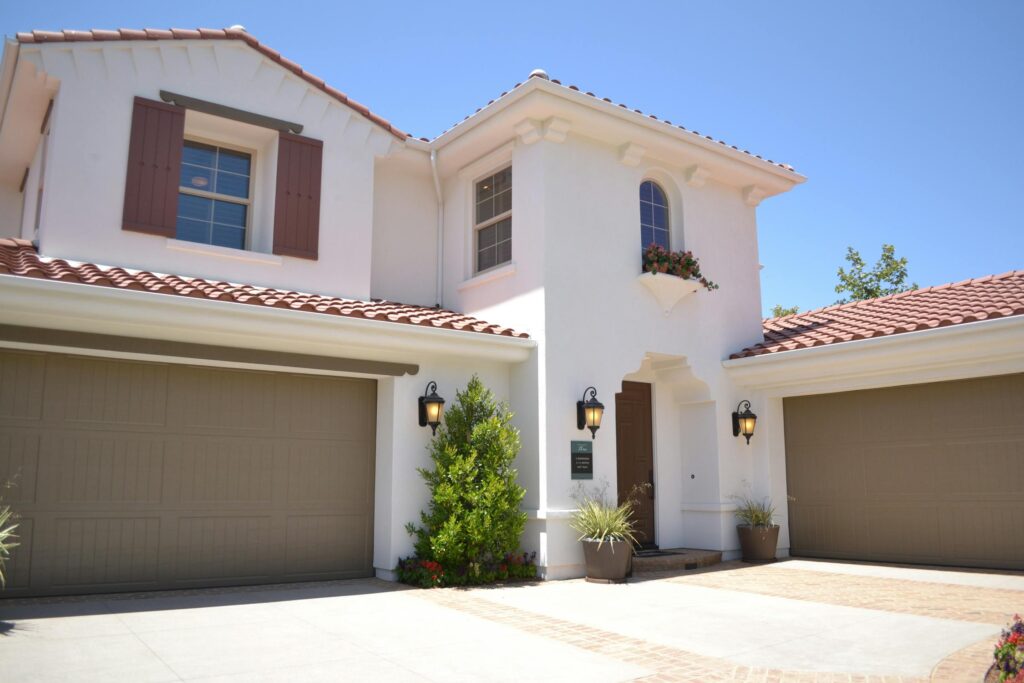
Did you know that shared living spaces can generate 20-30% higher yields compared to traditional rental properties? It’s true, and it’s just one of the reasons why savvy investors are starting to take notice of this innovative housing model.
I’ve been following the real estate market for years, and I can tell you that shared living housing is more than just a trendy fad. It’s a game-changer that’s reshaping how we think about affordable housing and community living.
Contents
Alright, let’s break this down. Shared living housing is basically when people share some living spaces but still have their own private areas. Think of it like a grown-up version of college dorms, but way cooler and more comfortable.
You’ve got co-living spaces, where you might have your own bedroom but share a kitchen or living room. Then there’s co-housing communities, which are like little neighborhoods where everyone has their own home but also shares some common areas. And don’t forget about accessory dwelling units (ADUs) – those cute little granny flats or in-law suites that are popping up in backyards everywhere.
Now, you might be wondering, “Why would anyone want to share their living space?” Well, there are a few reasons:
- It’s cheaper. Let’s face it, housing costs are through the roof in many cities.
- It’s flexible. Perfect for those who don’t want to be tied down to a 30-year mortgage.
- It’s social. In a world where we’re all glued to our phones, shared living gives us a chance to actually talk to real humans face-to-face.
- It’s eco-friendly. Sharing resources means a smaller carbon footprint.
Millennials and Gen Z are all over this trend. They’re more interested in experiences and community than owning a big house with a white picket fence. But it’s not just for the young folks. Seniors are getting in on the action too, looking for community-oriented retirement living. And for individuals with disabilities, shared living can offer a supportive environment that feels more like a family home than an institution.
Here’s where things get interesting for us investors. Shared living housing isn’t just good for residents – it’s potentially great for our wallets too.
Remember that stat I mentioned earlier about higher yields? That’s not just hot air. Well-managed co-living spaces are showing returns that would make traditional landlords green with envy. And it’s all about using space efficiently and offering amenities that people are willing to pay a premium for.
Co-living Spaces
If you’re looking to invest in co-living spaces, focus on urban areas where housing costs are high. Young professionals are flocking to these stylish, amenity-rich spaces that offer more than just a place to crash.
When designing a co-living space, think about creating areas that encourage people to mingle. A killer shared kitchen, a cozy living room, maybe even a co-working space. And don’t skimp on the Wi-Fi – these folks need their Netflix and Zoom calls.
Accessory Dwelling Units (ADUs)
ADUs are like finding money in your backyard – literally. By adding an ADU to an existing property, you can boost your rental income without buying a whole new plot of land.
Before you start building, though, make sure you check out the local zoning laws. Many cities are starting to loosen up their restrictions on ADUs, which is great news for us investors.
Now, if you want to combine making money with doing good (and who doesn’t?), consider shared housing for people with disabilities. These homes provide a supportive environment with trained care providers, allowing residents to live in a community setting while getting the support they need.
Senior co-housing is another market that’s heating up. It’s all about creating communities where older adults can maintain their independence while having built-in neighbors to chat with over a cup of coffee.
And let’s not forget about student housing. With a steady stream of students every year, it’s like a gift that keeps on giving for investors.
Government Initiatives and Support
Governments are starting to catch on to the potential of shared living housing. Take New York City, for example. They’ve got this thing called the ShareNYC initiative that’s basically rolling out the red carpet for developers who want to create shared housing units.
As an investor, you’d be crazy not to look into these programs. They can help cut your development costs and boost your profits. Do your homework and see what kind of incentives are available in your area.
Challenges and Considerations
Now, I’m not going to sugar-coat it. Investing in shared living housing isn’t all rainbows and unicorns. There are some challenges you need to be aware of:
- Regulatory hurdles: Some areas still have zoning laws stuck in the 1950s. Be prepared to do some sweet-talking with city officials.
- Management intensity: These properties need more hands-on management than your average rental. You might want to partner with a property management company that knows their stuff.
- Higher turnover: People tend to move around more in shared living spaces. Budget for more frequent unit turns and marketing costs.
- Privacy concerns: It’s a balancing act between community living and personal space. Invest in good sound insulation and clever design to keep everyone happy.
The Impact of COVID-19
COVID-19 threw a wrench in the works for shared living spaces, no doubt about it. But you know what? The sector adapted quickly. We’re talking enhanced cleaning protocols, better ventilation, and redesigned spaces that allow for social distancing.
In the long run, the pandemic might actually boost demand for shared living. With more people working remotely, there’s a growing hunger for community-oriented living arrangements. As an investor, you might want to think about incorporating flexible workspaces and outdoor areas into your properties.
Strategies for Success
Want to knock it out of the park with your shared living investment? Here are some tips:
- Location, location, location: Focus on areas with sky-high housing costs, booming job markets, or lots of students.
- Know your audience: Tailor your offering to your target market. What a young professional wants is different from what a retiree needs.
- Build a community: Invest in common spaces and organize events. Happy tenants are long-term tenants.
- Embrace technology: Use property management software and smart home features to attract tech-savvy tenants.
- Stay flexible: Be ready to pivot your model based on market trends and tenant feedback.
- Team up with local businesses: Partner with nearby cafes, gyms, or coworking spaces to offer added value to your tenants.
Shared living housing is shaking up the real estate world, and it’s offering us investors a chance to get in on the ground floor of something big. It’s not just about making money (although that’s nice too). It’s about creating affordable, community-oriented housing solutions that people actually want to live in.
As our cities keep growing and housing costs keep climbing, shared living housing is going to play an increasingly important role. For those of us willing to think outside the box, it offers the potential for some serious returns and the satisfaction of knowing we’re part of the solution to our housing crisis.
So, what do you say? Ready to dive into the world of shared living housing investment? Trust me, it’s a ride you don’t want to miss.





